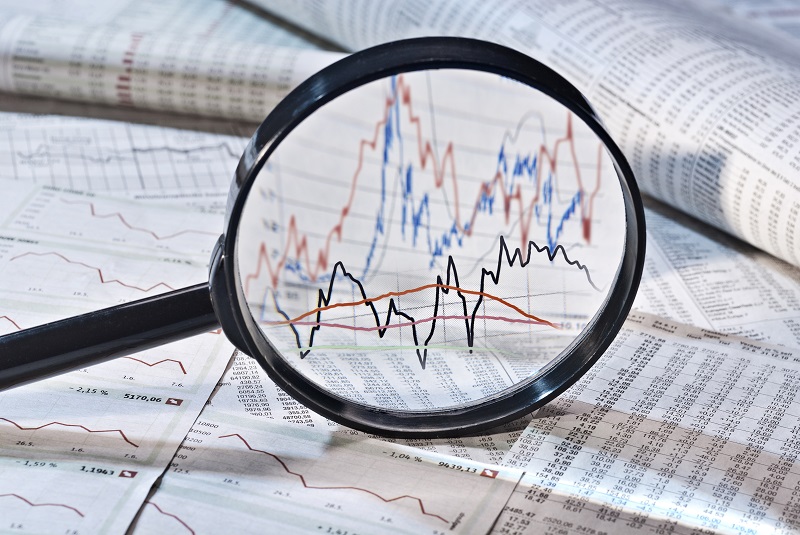PCE Inflation Higher Than Expected in April


What happened: The Personal Consumption Expenditures (PCE) price index rose 0.4% in April after increasing 0.1% in March. Core PCE — the Federal Reserve’s preferred inflation gauge — also rose 0.4% month-over-month. The annual increase in Core PCE remains high at 4.7%. This is up from 4.6% in March and still more than double the Fed’s 2% target.
What it means: Today’s numbers show a resilient U.S. consumer, but are likely to result in more pressure on mortgage rates – even if the debt ceiling crisis is resolved. Despite already high interest rates and the ongoing credit crunch, consumer spending accelerated in April. The increase in consumer spending is supported by strong private sector wage growth. While spending on services continued to propel the US economy forward – accounting for nearly 60% of the April increase in current dollar PCE – the big surprise in April was the increase in goods spending. Annual goods inflation edged up to 2.1% in April from 1.6% in March. With shelter costs moderating, services remained flat at 5.5% in April.
Zillow Senior Economist Orphe Divounguy’s perspective: Today’s release is a bump on the road on the path toward the Federal Reserve’s inflation target. On one hand, it points to a resilient US consumer with still high purchasing power. On the other hand, stubbornly high inflation means bond yields – and mortgage rates that tend to follow them – are likely to remain elevated.
Treasury yields, which had already been rising due to the looming potential of a debt default, rose further on today’s news. The recent surge in mortgage rates had already affected mortgage demand which is down 30% when compared to a year ago.
Although the Federal Reserve had hinted at a potential pause, this report could tilt the Fed toward further policy tightening. The market implied probability of another 25 bps Federal Reserve rate hike rose on today’s news.
While the labor market is expected to cool, a still very tight labor market and persistently higher employment costs are slowing the pace of disinflation. As the labor market cools further, housing inflation, which tends to respond more to a tight labor market, is also expected to edge lower.
Numbers to know: